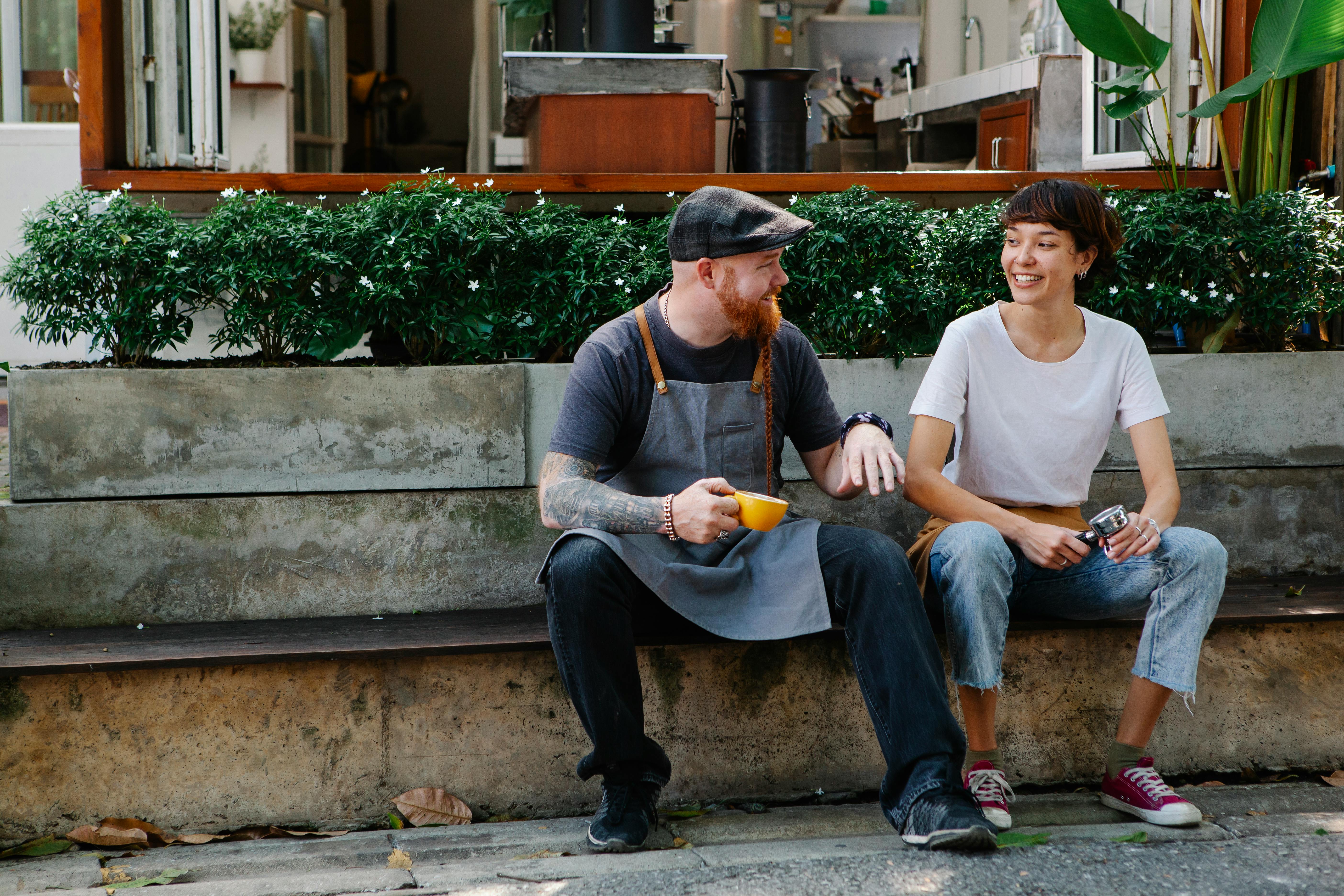
The Tortoise and the Hare: An Inverting Review of Stamina and the Stomach
I was recently talking to a client and he referred to me as a “turtle” which honestly baffled me. I have never considered myself slow and lackadaisical, and I would imagine that 99% of those who work with me or know me would agree with me. As he and I continued to talk, I had what Steven Covey (author of “7 Habits of Highly Effective People”) called an “A-HA moment”: the moment when something that’s suddenly confused becomes clear.
I have always explained my investment approach as “Straight Line Investing”, which simply means that the goal is for a client’s money to grow steadily over time, whether their intentions are growth, or to keep capital intact and flowing. monthly interest, if your goal is income. On the opposite side of the equation is the stock market approach to investing, the goal of which is ultimately to earn higher returns for those who have the stamina and stomach for the journey. I do not practice in the world of stocks, bonds and mutual funds. I don’t have a license to do it. I am not against the market; in fact, I have some of my own funds “on the market.” I work in the world of safe money products, where primary safety is the primary focus and funds are never invested in stock or bond positions.
I am often asked by new clients (prospects) for my opinion on the best approach in today’s difficult world of volatility and low interest rates. I really can’t say with any degree of certainty. The truth is that no one can. It is a personal decision that each investor must make for himself. I have gained many clients over the years when the markets are turbulent. I prefer to have conversations with prospects when the markets are booming. My philosophy is that making safe investment or market decisions during turbulent times is unhealthy, as many times those decisions come from fear rather than confidence in the planning process. When markets are in crisis, I hear the airwaves full of “doomsday predictions” – that’s not an ethical way to trade, but “ethics in marketing” is a discussion for another article.
Simple research would show that the S&P 500 Index (a well-known benchmark of stock market performance in general) returned an average of 6.48% over a ten-year period (as of 1/31/16). The results of expenses related to investing in the market are not part of that number. Asset management expenses (commissions) continue to be a debate in financial circles, but even if we look at one of the lowest management costs in the industry, Vanguard, the 10-year performance of its S&P 500 Index Fund (VFINX) was 6.36%.
Our 10-year investment models, using multiple safe money products, are on par with previous numbers. However, if you look at the 3-year and 5-year S&P 500 returns, they have performed several points above our model. The challenge of looking at the past as an indication of future performance is like a “dog biting its tail.” The decision to invest in the market vs. safe investment is based more on the comfort of the individual (or institutions) in “the journey”. A very simple example is the two graphs below, which illustrate that over the last 10 years, the endpoints of both Safe Money (protected principal) and Market investing are very similar.
One (the turtle) is the Safe Money ride, slow and steady, “Straight Line”, nothing too fancy. The second is the Market (the Hare), a much wilder ride of ups and downs, gusts and mishaps.
In the end, the decision on where to invest rests with the risk appetite or risk aversion of investors. There is no way to predict future trends, either in the market or in interest rate movements. I will continue to look for opportunities for my clients that provide capital protection and competitive returns compared to other safe money products, such as traditional offerings from banks and insurance companies.